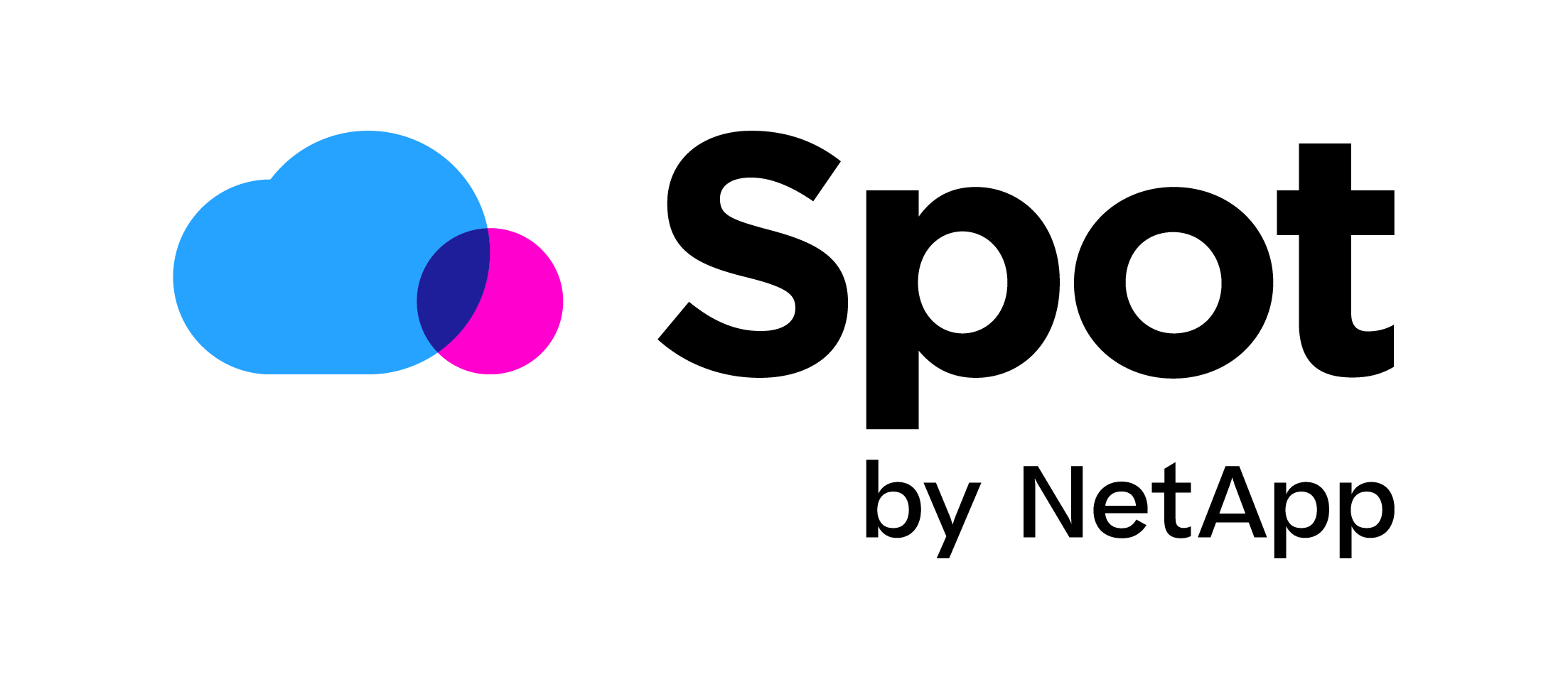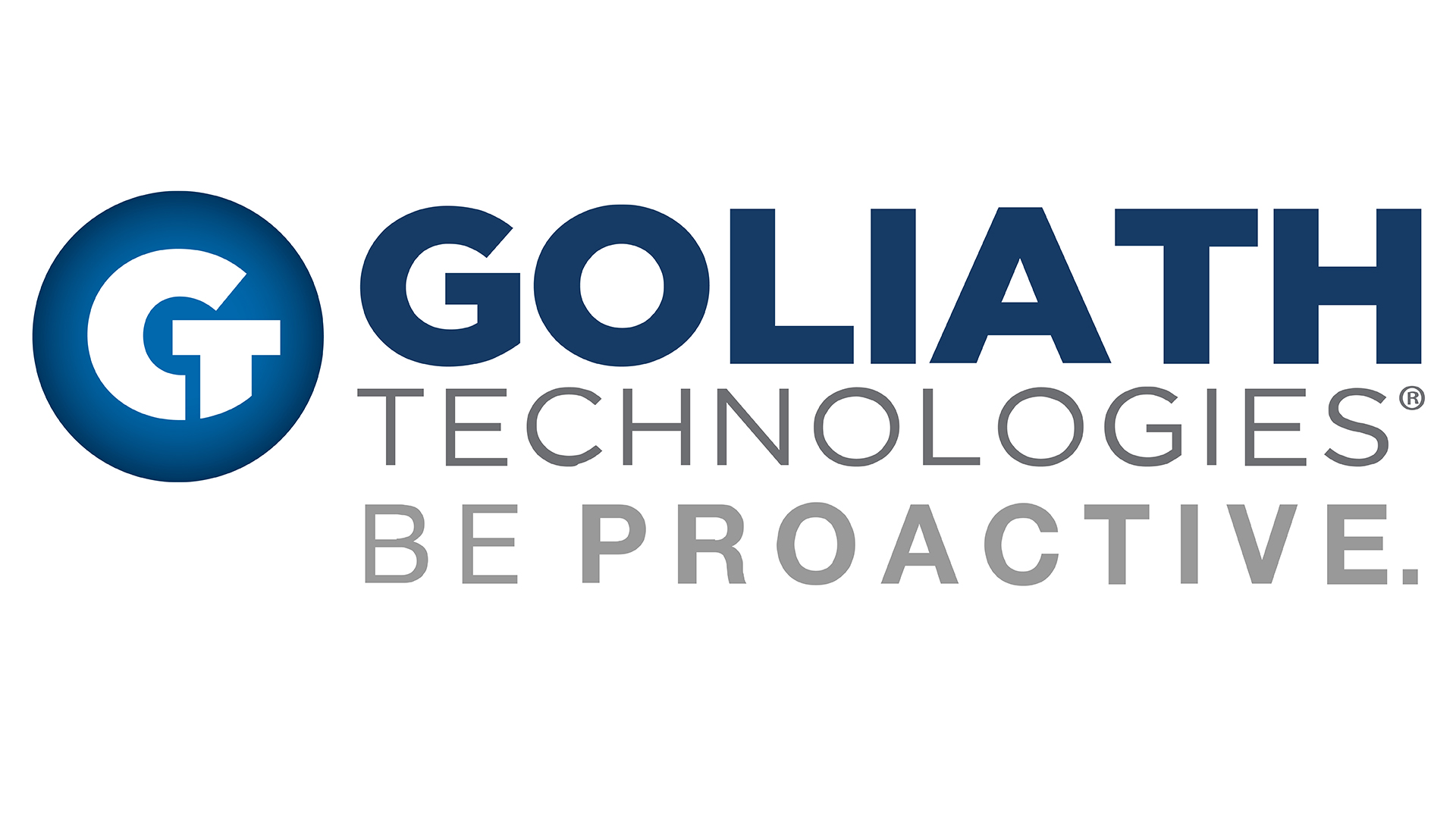User- and environment management on the modern workspace
Managing applications and the environment on the modern workspace can be a challenge. Many organizations have to use additional products to ensure profile management, complex application preferences, additional contextual requirements and user policies.
There are various examples of application management and delivery solutions that do not fully meet the needs or requirements of the modern workspace. While you might think Intune will address any given issue in this field, Intune actually is more a device management solution and not a user environment management solution. Therefore, it lacks some of the required functions. In this blog, I will explain on these solutions and propose an alternative: Liquidware’s ProfileUnity.
Cloud ready? Future-proof?
A lot of customers I visit still use traditional user environment managers that are starting to lack behind in features. Therefore, many organizations are looking for an alternative when, for example, they want to continue or innovate the Citrix environment. In addition, the demand from customers to be able to apply the same flexibility and functionality to hybrid or Cloud platforms is increasing. Think of Intune managed laptops but also Azure Virtual Desktop and Windows 365 solutions (DaaS) where “Hybrid” or “Azure only” is often a requirement.
Another example of a widely deployed solution in the market is (still) App-V. There are many companies where the application deployment strategy is still entirely based on App-V. The main reason for this is centralized management and packaging, that brings flexibility for Application Lifecycle Management. When migrating to the modern workspace but especially the EOL date coming in App-V is no longer a sustainable option.
These two examples are especially important when organizations are about to modernize the workspace proposition or, for example, migrate from one platform or OS to another, both events that are ideally suited to a switch in certain underlying solutions.
One of the vendors I have been following for quite some time and have blogged about before is Liquidware. They always keep up with developments in the market as they have proven before with the support and migration support for the launch of Azure Virtual Desktop but have also been on the market for years to support seamless OS application and profile migrations. In recent years they have shown to be a mature player on the market and are expanding their customer landscape in Europe with customers ranging from 100 users to even more than 100,000 users.
Adding on Intune
Traditional on-premises management solutions like SCCM or Workspace Control can be lacking when it comes to deploying applications and settings to end users working in the Cloud, due to connectivity or identity. So, it makes sense to turn to modern management solutions built around these scenarios, such as Microsoft Intune. While Microsoft Intune is perfect for device management and compliance validation and even deployment for applications, such as Store Apps over the Internet, it lacks simple management and fine-grained capabilities related to standard workspace management concepts and delivery of non-standard Microsoft Store Apps. This means you would need something on top of that to simplify the management.
Liquidware’s ProfileUnity solution is fully Public Cloud enabled and thus suitable for reading and writing from native cloud services such as Azure Blob storage. It makes use of all of the Azure AD identity options. It allows you to place the ProfileUnity configuration profiles completely on object storage enabled configurations and apply it to workspaces that are only connected to the Internet. It can roam user settings from workspace to workspace, and even to other platforms, through the cloud.
The added value of ProfileUnity next to Intune:
- User environment management versus device management: ProfileUnity focuses on user environment management, allowing you to customize and manage user profiles, application settings, and user-authored data. This level of control ensures a consistent user experience across different devices and platforms. Microsoft Intune primarily focuses on device management and may not provide the same level of granularity for user-specific configurations.
- Flexible Deployment Options: ProfileUnity supports a wide range of deployment options, including physical, virtual, and cloud-based environments. It seamlessly integrates with various virtualization technologies like Citrix, VMware, and Microsoft RDS, making it suitable for organizations with complex IT infrastructures. Microsoft Intune primarily focuses on managing devices, which may have limitations when it comes to managing non-Windows or virtualized environments.
- Application Rights Management: ProfileUnity allows for fine-grained application rights management. You can easily assign and manage application permissions for individual users or groups, ensuring that users have access to the right applications they need without compromising security. While Microsoft Intune provides some application management capabilities, ProfileUnity offers more flexibility and control in this area.
- Profile Portability: ProfileUnity offers profile portability, which means that user profiles can be easily migrated or transferred across different operating systems and versions. This feature is particularly beneficial when upgrading or migrating to new operating systems, as it reduces user disruption and minimizes the need for profile reconfigurations. Microsoft Intune primarily focuses on managing profiles within the Windows settings and some Office settings and may not provide the same level of portability across different platforms.
- Granular Policy Management: ProfileUnity provides granular policy management capabilities, allowing you to create and enforce policies based on user, device, or application attributes. This level of policy control enables you to tailor the user experience and ensure compliance with organizational requirements. While Microsoft Intune offers limited policy management, ProfileUnity provides additional customization options and granularity without limitations.
So, with Liquidware ProfileUnity you can provide contextual user environment management and help to deliver the user experience employees are used to in traditional environments without compromising the modern workspace.
Modern Application Delivery
But what about the application deployment? In my previous blogposts I wrote on different scenarios to use FlexApp, which can be part of the same management interface as ProfileUnity. Together they solve a big portion of the daily challenges around workspace, profile and application management on the modern cloud workspaces like AVD, W365 and Intune Laptops.
This is the link to one of the earlier blogposts about replacing App-V with FlexApp: https://workspace-guru.com/2022/08/29/why-you-should-replace-app-v-with-liquidware-flexapp/
To summarize: Liquidware’s ProfileUnity provides admin-friendly management options from a simple, scalable, and multi-tenant web console on top of Microsoft Intune. These features make ProfileUnity well-suited for managing modern workspaces and addressing the unique requirements of diverse environments and user needs.
Here are some of the most commonly used features in ProfileUnity that come to mind that makes managing a modern workspace easier:
- Start Menu, Quick Access, Tiles and Desktop Icons
- Drive Mappings, (IP) Printer Mappings & Variables and File Type Associations
- Deliver all types of Windows applications (FlexApp, EXE, MSI, MSIX, App-V, Scripts)
- Advanced Policy Management (ADM / ADMX / Registry Keys)
- Profile and Folder redirection
- Migration of User-authored data
- Application Restrictions (Masking, Black & Whitelisting)
- Dynamic Privilege Elevation
- Custom Scripts (PowerShell / CMD / WSH)
Overall, Liquidware complements Microsoft Intune by providing enhanced user environment management.




